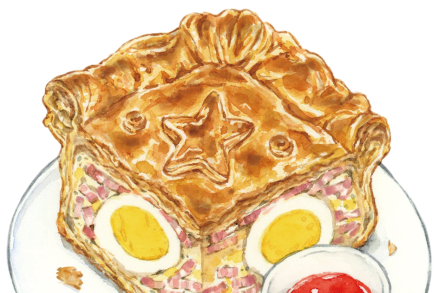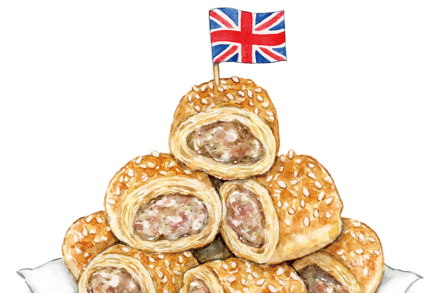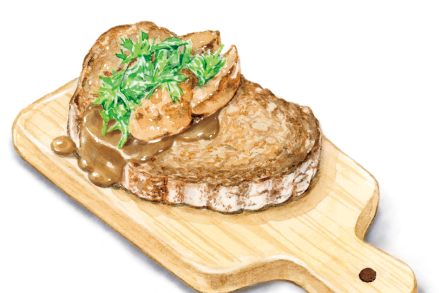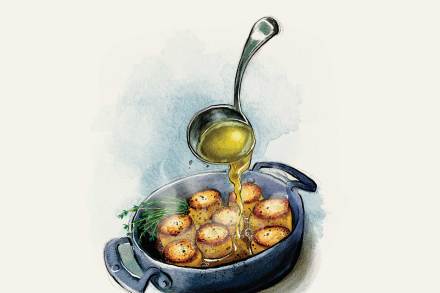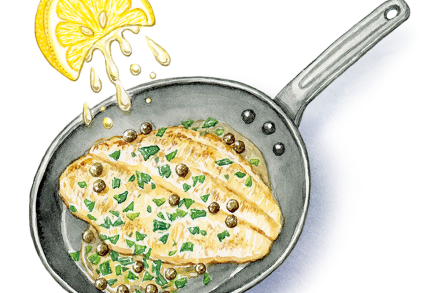Santa Pants: a cocktail recipe by Matthew and Camila McConaughey
Our Santa Pants cocktail is one of our go-to holiday pours when hosting at this time of year. Made with our organic tequila and ginger beer, cranberry juice and fresh lime, it brings all the sparkle and cheer of the season. It is like Christmas in a glass. And while the world doesn’t need another celebrity tequila, it could use a shot of fun. So this Christmas, enjoy yourself and keep the holiday spirit flowing. Here’s how to make it. Ingredients for one serving – 60ml Pantalones Organic Tequila – 60ml cranberry juice – 15ml lime juice – Top with ginger beer – Garnish: sugar rim, cranberries, rosemary Rim the








